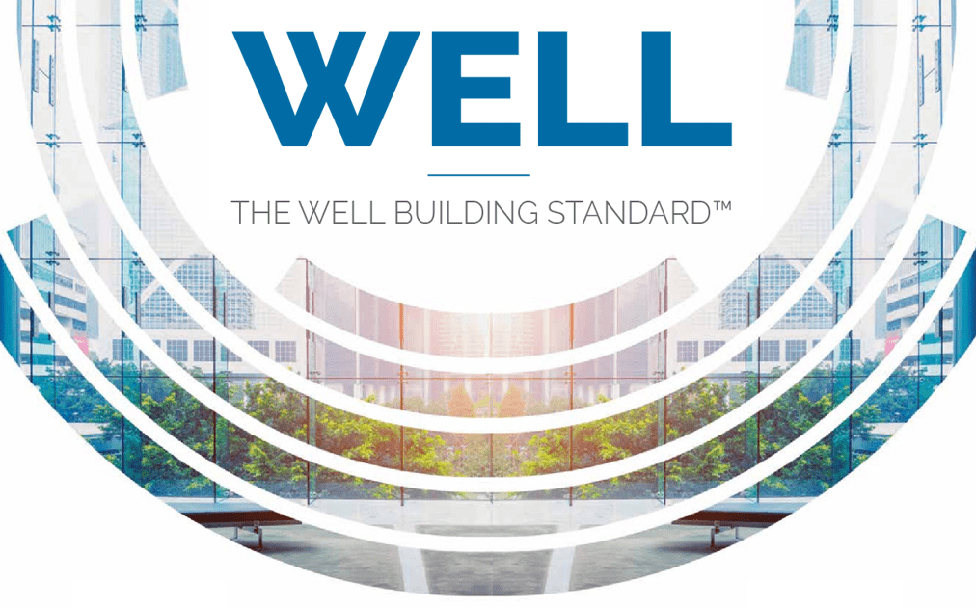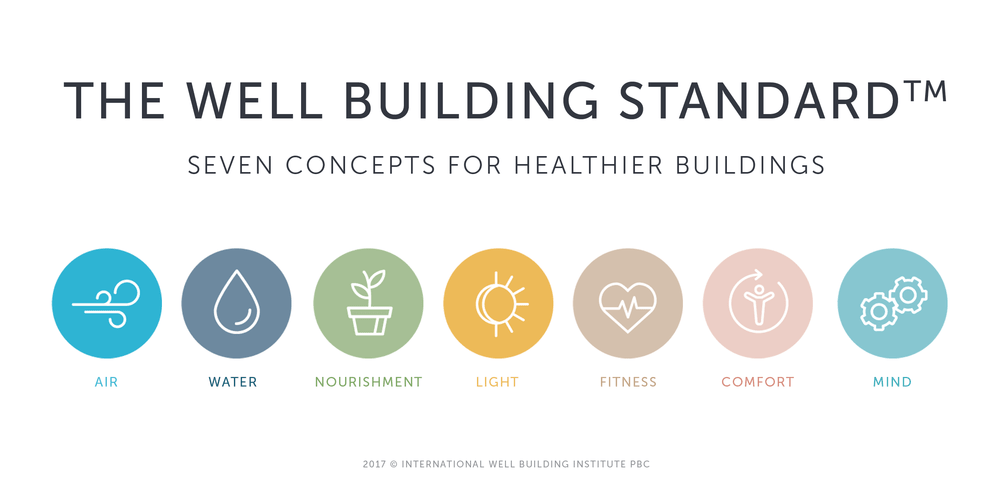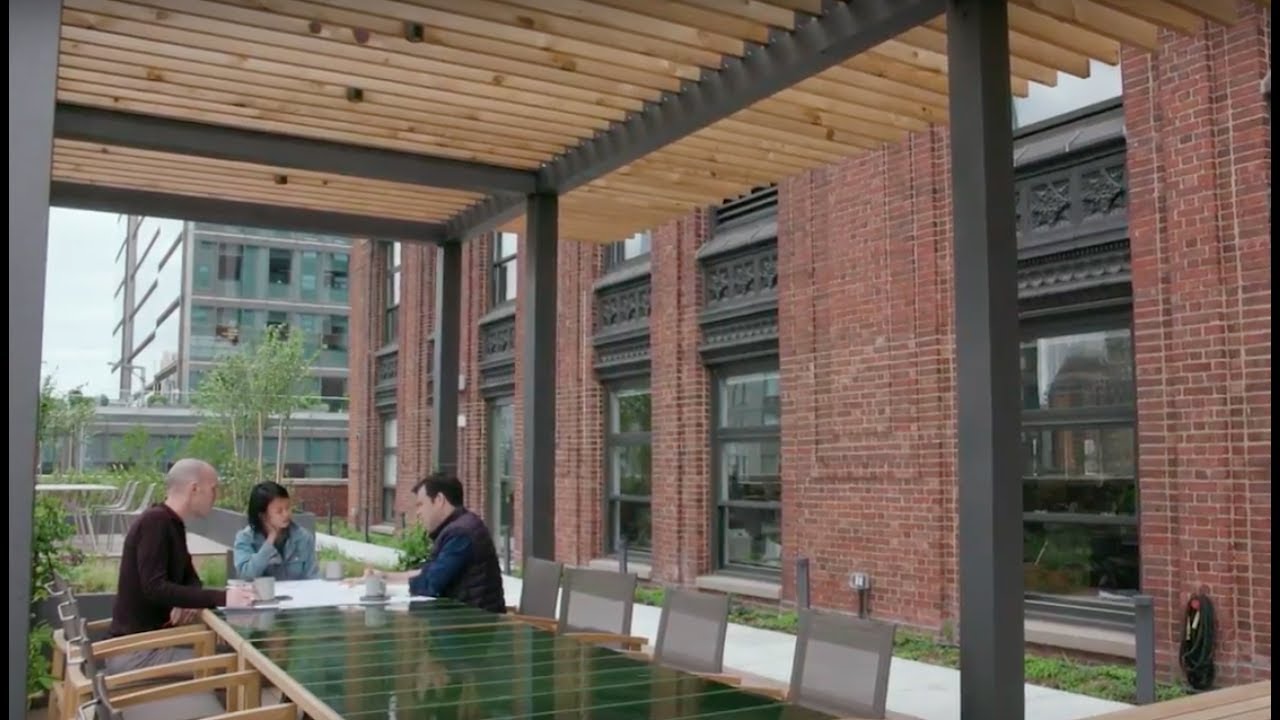How did I get here? Coming back from the Edge
In this deeply personal article, Caroline shares her story of the time she stood on the edge, looking down and how she came back from it.
How did I get here!!!?
I had been fighting the now glaringly obvious I was struggling, desperately struggling with my life.
How could this be?
Me, the person who was full of laughter, so driven and who possessed an enduring purpose and deep sense of meaning.
I was sure of what was right and what I wanted. Most importantly I was constantly in control. The world was full of so many amazing possibilities just waiting for me to take my pick. Now it took my entire strength and courage to muster the will to get out of bed.
Life was senseless, the world – meaningless.
I was constantly engulfed by anxiety and sadness, distanced from the world. My fierce passion and internal compass were gone and so too was that little voice, deep inside, that had always been with me, letting me know, that no matter what life threw at me everything would be okay.

No Point in Kidding Yourself
All I had to hold on to was the thought that I had to keep going and hope that things would get better.
The will to survive and the drive to find happiness is a powerful one, but when the chips are down how do you come back from the edge?
Sadly some of us don’t.
Many of us believe that something like this would never happen to us. We have it all figured out and we’ve got what it takes to tough it out.
We convince ourselves that we are coping or that if we just carry on things will sort themselves out. Sometimes this can work. Most often it does not and we end up paying the price.
How do we come back from the edge?
Taking a hard and honest look at myself and my own reactions to life taught me some valuable and soul-searching lessons in how to survive and take care of myself, as well as discovering my own self-fulfilment and happiness.

Nine Key Factors for Mental Wellbeing Survival
1. Acceptance is Key
Once I had accepted that I had a major problem and was declining the heavy burden of shame, embarrassment, self-criticism, loneliness and impossible pressure to be perfect began to fall away and I felt relieved.
I could now begin to identify what got me here and find ways to rebuild my life stronger than before.
With any difficulty or problem, we first need to recognise and accept that there is one. Only then can we focus on the things we need to work on, in order to get better.
Acknowledging that we are all human and vulnerable provides insight, which supports us to react more to how things actually are and strengthen our resilience.
2. Talking and Seeking Support is a Strength
I expected that being a student of psychology and aspiring to become a psychotherapist it should have been easier for me to talk to others about my problems and seek support. However, this tore at me. I believed that I was a failure.
Of course, now I can see how this was a major turning point in accepting my human vulnerability, confronting my shattered self-image, deep prejudice and assumptions, as well as gaining insight and understanding about my own needs and so much more.
Talking about and seeking support can provide huge relief. Gaining understanding and guidance to deal with your situation and feelings more effectively.
3. Ignoring Problems is a Danger
Suppressing or ignoring our problems will eventually come back to bite us. The harder and longer we keep this up, the worse it will be.
I had been doing this for years. I was at breaking point and my troubles were beginning to pour out. Acknowledging and confronting problems as they emerge prevents these from building up and makes them much easier to manage.
Now whenever I see a difficulty, I perceive this as a challenge to be overcome in the quickest, most direct and constructive way possible.
4. The Essential Need for Will & Action
Building the will to survive means making a conscious choice to do so. I didn’t want to give up, although I was suffering deeply.
I recognised that things would not shift by themselves without me actively taking steps to create a change. These involved achievable small steps in my mind and my reactions one day at a time. I had to recognise that without will or action, development is impossible.
5. Giving up the Fight to be Right
Our tendency to always want to be right and have control over our lives is extremely powerful.
Recognising that this is not only impossible but is also not necessary, was a vital turning point for me.
We can invest and waste so much of our valuable time and energy in things, which often lack importance and cause conflict. Letting go of this tendency, admitting that we have made mistakes or are wrong both frees us and expresses our courage and the authenticity of being human.
6. Making You a Priority
Constantly giving to others had worn me down, and often left me angry and disappointed.
I needed to stop putting other people before me and start investing in myself. I learnt to love and appreciate myself.
When you recognise and accept yourself for who you are, greater strength and confidence is gained empowering you to positively grow.
I decided to cultivate a perspective of no longer being distracted or discouraged through comparing myself to others.
I discovered that a new sense of freedom and fulfilment comes from choosing to live up to the expectations you set for yourself.

7. Setting Boundaries is Your Super Power
One of the most beneficial things I have learnt is to set my boundaries and know my limitations.
This is in how far I push yourself, as well as how much I allow others to impact me.
Actively managing this for yourself offers a lifeline in discipline and self-preservation.
8. Self-Care & Resilience
Most of us understand that self-care is crucial if we want to protect our mental health and wellbeing.
Relaxation, exercise, healthy eating, good sleep, having fun, connecting with others are all now part of my lifestyle, which until recently was out of balance and woefully neglected.
Keeping these in check are your personal resources and strategies in building resilience and dealing with what life throws at you.
9. Heeding the Warning Signs
Being on the edge is terrifying. It’s a place where you and I should try to avoid at all costs.
The one most important ability in achieving this, for me, is to recognise the warning signs.
Whenever you start to feel anxious or a problem comes up, react to it straight away.
Do whatever it takes in meeting your needs: regain your balance, stop, step back or change direction and initiate the change that has to happen to keep you back from the edge.
Have you been to the edge? Share your story!
Join the Conversation
We’d love to hear what you have to say.
Get in touch with us on Facebook and Twitter.
Building Homes For Your Wellbeing – The WELL Building Standard
This article is about the latest building standard which focuses on protecting your wellbeing as well as the environment.
Homo sapiens built out of necessity. The first constructed structures were raised in the New Stone Age and were in the form of tents and shelters made of mammoth ribs, bamboo, clay and other locally available natural materials. These structures were designed to suit people’s basic needs for protection from the elements and left no traces in the environment.
The Early Ancient Civilizations – Building To Last
The early ancient civilizations – the Egyptians, the Chinese, the Mesopotamians – were the world’s first architects. Their buildings were large structures (i.e.: the pyramids), designed to last over centuries and were a testament of their culture and civilization. These structures are amazing feats of engineering and changed the face of the world forever.
The ancient civilizations died and were replaced by advanced modern civilizations. Technological developments influence our lives, our jobs, the homes we live in and the buildings we work in. But these changes aren’t always good for our health.
The Sick Building Syndrome
In the 20th century, the sick building syndrome was identified. The sick building syndrome is a medical condition where people in a building suffer from symptoms of illness or feel unwell for no apparent reason.
The symptoms include a wide range of conditions such as headache, eye, nose, and throat irritation, fatigue, dizziness and nausea.
This syndrome is linked to various causes: inadequate ventilation, deteriorating fibreglass duct liners, chemical contaminants from indoor or outdoor sources, and biological contaminants, air recycled using fan coils, traffic noise, poor lighting, molds. In short – our buildings were harming us.
Aside from us, our buildings and construction have a detrimental impact on the environment. According to research, the construction sector contributes to 23% of air pollution, 50% of the climatic change, 40% of drinking water pollution, 50% of landfill wastes and accounts for 40% of worldwide energy usage, with estimations that by 2030 emissions from commercial buildings will grow by 1.8%. (source)
Building to Protect the Environment
Our world has limited resources. It’s up to us to protect it. It’s up to us to design and build structures that don’t harm our environment and our health.
That’s why new standards of construction were developed during the 1990s such as BREEAM and LEED.
Learn more: Mihai-Toader Pasti – Building The Homes of the Future at EFdeN
These standards indicate that a building has achieved a certain level of environmentally-conscious design. They help building owners and operators to be environmentally responsible and use resources efficiently.
The next step in the sustainable or ecological architecture movement is designing for people’s wellbeing.

image: agda.com.au
The WELL Building Standard
The WELL Building Standard illustrates this goal and was developed in 2014 by the International WELL Building Institute.
The WELL Building Standard is the premier standard for buildings, interior spaces and communities seeking to implement, validate and measure features that support and advance human health and wellness.
The WELL Building Institute
The goal of the WELL Building Standard is to help architects create healthy buildings, which actively support their occupants’ health and well-being.
WELL was developed by integrating scientific and medical research and literature on environmental health, behavioural factors, health outcomes and demographic risk factors that affect health with leading practices in building design, construction and management.
According to WELL, buildings should be functional and comfortable, built sustainably, contribute to their occupants’ health and wellbeing and be able to adapt to their needs.

image: greenengineer.com
The standard covers seven core design aspects: Air, Water, Light, Nourishment, Fitness, Comfort, and Mind.
Here is how the WELL Building Standard contributes to the health and wellbeing of your family:
1. Air
The WELL Building Standard™ establishes requirements that promote clean air and reduce or minimize the sources of indoor air pollution.
2. Water
The standard promotes safe and clean water through the implementation of proper filtration techniques and regular testing in order for building occupants to receive an optimal quality of water for various uses.
3. Nourishment
According to the standard, fresh and wholesome foods are required, unhealthy ingredients are limited and better eating habits and food culture are encouraged.
4. Light
The WELL provides guidelines that minimize disruption to the body’s circadian system, enhance productivity, support good sleep quality and provide appropriate visual acuity.
5. Fitness
It promotes the integration of physical activity into everyday life by providing the opportunities and support for an active lifestyle and discouraging sedentary behaviours.
6. Comfort
The standard establishes requirements designed to create distraction-free, productive and comfortable indoor environments.
7. Mind
It optimizes cognitive and emotional health through design, technology and treatment strategies.
For an in-depth presentation of these concepts, go to The International WELL Building Institute.
Join the Conversation
We’d love to hear what you have to say.
Get in touch with us on Facebook Group and Twitter.
